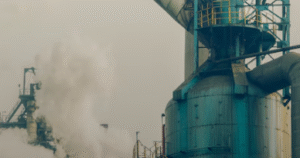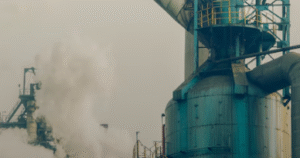$WTI $BRENT #CrudeOil #OPEC #EnergyMarket #OilPrices #BrentNews #WTICrude #Kurdistan #MarketTrends #SupplyChain
Will Brent Prices Dip Further? What OPEC+’s Potential Output Hike Means for Your Wallet
In recent brent news, Brent Crude prices struggled to maintain the $70 per barrel mark, slipping by 2% early on Monday. This decline has raised concerns about market dynamics as traders anticipate imminent supply increases. As of 7:28 a.m. EDT on Monday, Brent Crude was down 1.74%, trading at $68.87. This came after reaching $70 per barrel on Friday, marking the highest price level in nearly two months.
On the other hand, the U.S. benchmark, West Texas Intermediate (WTI) Crude, also faced downward pressure, falling below $65 per barrel. WTI traded down 2.02%, settling at $64.36. The market is currently reacting to increased supply from Iraq’s semi-autonomous region of Kurdistan, which is expected to add more barrels to the global oil market.
What’s Driving the Price Decline?
Several factors are influencing this recent downturn. First, the anticipated influx of oil from Kurdistan is likely to saturate the market, leading to a decrease in prices. Additionally, OPEC+ discussions regarding potential output hikes may further exacerbate this situation. As supply increases, demand may not keep pace, leading to lower prices at the pump for consumers.
In the broader economic landscape, this situation reflects ongoing geopolitical tensions that can impact oil supply chains. For instance, any disruptions in oil production or transportation routes can create volatility in the market. Traders and analysts are closely monitoring these developments, as they can have significant implications for both consumers and investors alike.
The Future of Oil Prices
Looking ahead, investors are left wondering whether Brent prices will dip even further. The possibility of OPEC+ implementing further output increases could send prices into a downward spiral, especially if demand does not match supply. However, it’s also worth considering that geopolitical factors, such as conflicts or sanctions, could counterbalance the effects of increased supply.
For consumers, these fluctuations in oil prices can directly impact the cost of transportation and energy, making it essential to stay informed. As a result, individuals may want to prepare for potential price changes at the gas pump, especially if the market continues to react to supply increases.
Conclusion: What You Should Do Now
For investors and consumers alike, the current state of Brent Crude prices presents both challenges and opportunities. Staying abreast of the latest brent news and market trends can provide valuable insights into future price movements. Investors may want to consider diversifying their portfolios to hedge against volatility in the energy sector.
For those interested in the intersection of finance and technology, exploring stocks and cryptocurrency can also offer new avenues for growth. Ultimately, understanding these dynamics will be crucial for making informed financial decisions in an ever-evolving market.











Comments are closed.